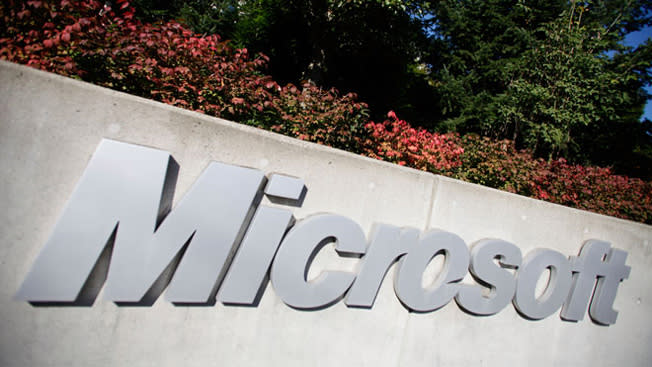This is the biggest question Microsoft’s next CEO will have to answer

So far the mobile computing world has shown that there are two successful business models for making money from software: You can either exclusively sell your own hardware and software as a complete package as Apple does or you can make your own software free for OEMs to use and make money from users who spend more time on your ad-supported web services as Google does with Android. What hasn’t been very successful so far has been Microsoft’s traditional business model of licensing out software to OEMs.
[More from BGR: Galaxy Note III display and front panel leak in high-quality photos, revealing shockingly thin bezel]
Asymco’s Horace Dediu on Tuesday wrote quite bluntly that “the problem for Microsoft” is that “you can’t charge for software anymore.” It goes without saying that if Dediu is right then Microsoft is facing an enormous long-term challenge since charging for software has long been its bread-and-butter.
[More from BGR: Apple’s gold iPhone 5S leaks in highest-quality photos yet]
Things may have gone differently for Microsoft if it had come out of the gates in 2008 or even 2009 with a competitive Windows Phone platform capable of going toe-to-toe with iOS and Android but that simply wasn’t the case. Now that Google has established the expectation that mobile software will be free to use, that makes it very difficult for Microsoft to generate enthusiasm among manufacturers. Granted, most manufacturers aren’t making much money selling Android devices but they still see it as a preferable alternative since it has a larger install base, has a larger app ecosystem and it doesn’t cost them anything to use.
Because giving away software isn’t in Microsoft’s DNA, its early efforts at breaking into the mobile space looked a lot more like Apple’s approach of making a fully integrated experience with its own hardware and software. This strategy hit a brick wall when its Surface line of tablets completely bombed, however, and Microsoft has not shown it has the chops to make it as a hardware company despite the success of the Xbox gaming console.
So where does this leave the company going forward? Steve Ballmer’s recent reorganization of Microsoft into a “devices and services” company seems to recognize that the old way of doing business needs rethinking. Just how far this rethinking will go — and whether the company will do anything to disrupt its longtime profit centers for the sake of its longer-term health — seems completely up in the air. The first order of business for whoever takes Ballmer’s place as CEO will be to decide whether software platform licenses still have a future and, if not, what the company will do to replace them.
This article was originally published on BGR.com
Related stories
Xbox One reportedly hit by production woes, could be hard to find at launch
Microsoft CEO Steve Ballmer was pushed to retire early
Complete list of launch titles for Xbox One and PlayStation 4
